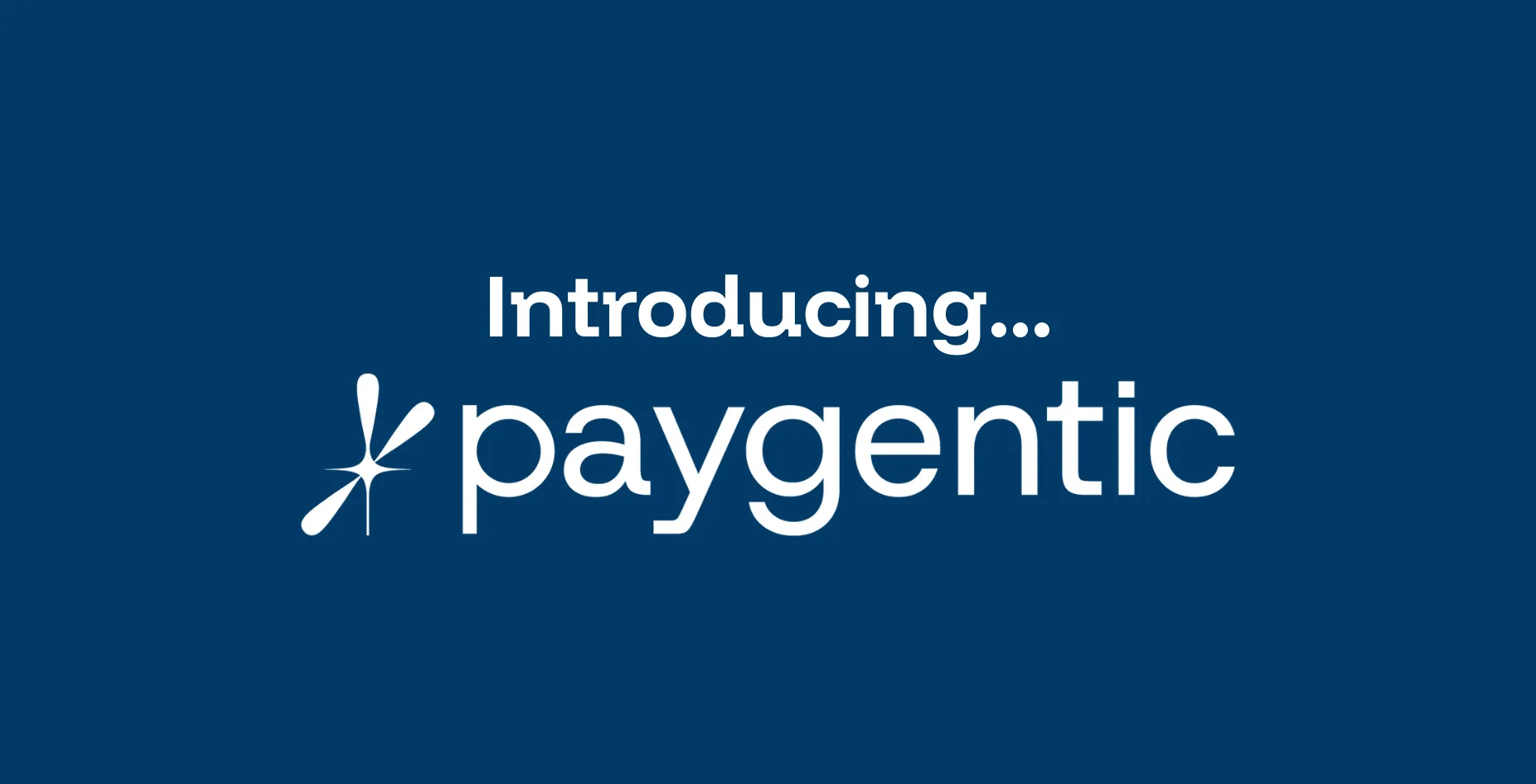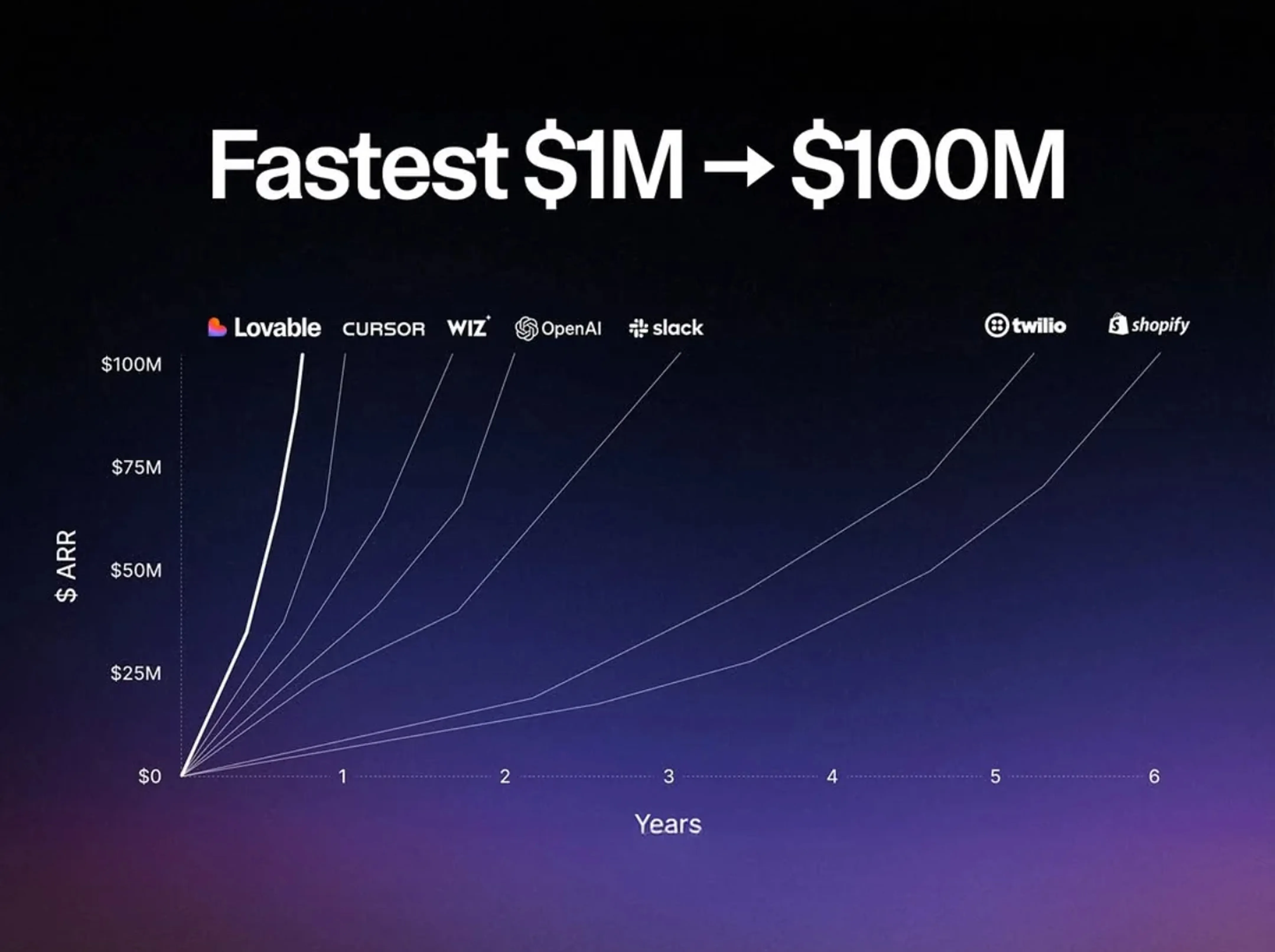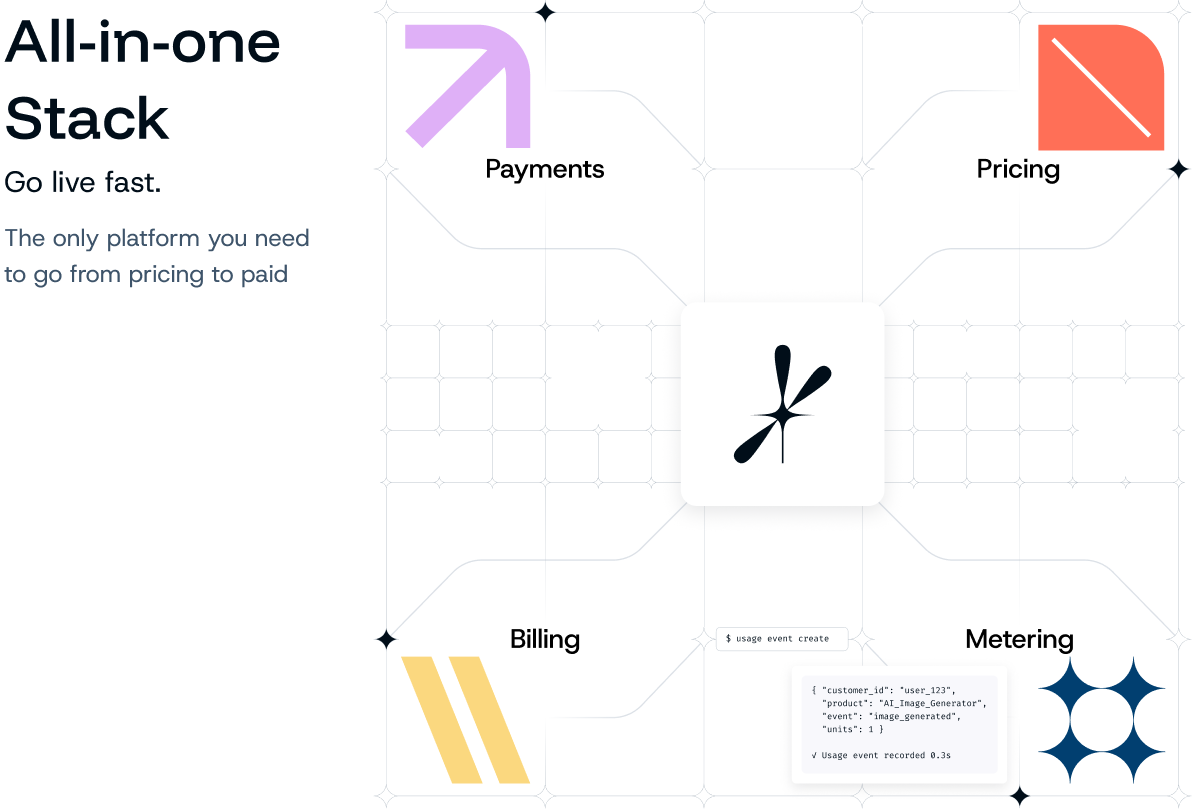Introducing Paygentic: Building the Financial Rails of the Agentic Economy

In 2017, Moviepass launched a $9.95 all-you-can-watch cinema subscription. That year, it lost $150m. By 2019, it was bust. The bold experiment failed, undermined by flawed unit economics. MoviePass tried to monetize with a fixed subscription, but was still incurring costs on a per-usage basis - every ticket carried a real cost. Unfortunately, many AI startups find themselves in the same boat today. Not because they’re experimenting with a novel business model, but because they are held back by payment and billing infrastructure that handles subscriptions, but not usage or outcomes; an infrastructure that needs to be upgraded for the agentic economy.
AI is a new paradigm that requires new fintech infrastructure
AI is moving at breakneck speed. Companies are being built in days, not months. And they’re scaling to user numbers and volumes that would have taken previous generations of companies years. Agents are booking meetings, writing code, and soon they’ll be running payroll, managing treasury, handling procurement, licensing media and much more, driving value in ways that were unimaginable just a year ago. But while AI companies are reimagining what’s possible, they’re running on human-first payment and billing rails and forced to use the SaaS monetization playbook from 2005.

The Pain Every AI Founder Knows
Every founder we talk to hits the same roadblocks:
- Unit economics are broken. Subscriptions stacked on top of usage don’t work. Heavy users wreck your margins. Light users churn. Nobody wins.
- Engineering drag is brutal. Trying to find a new monetization path causes teams to sink months into custom billing logic instead of shipping product.
- Pricing is guesswork...
This isn’t bad execution. It’s broken infrastructure. Legacy payment rails were built for large, predictable transactions - not outcome-based, real-time, agent-driven usage.
Why We Started Paygentic
I came at this from finance. I trained as an accountant and spent years inside global finance teams. I saw firsthand how rigid financial systems slowed down innovation and strangled great ideas before they had a chance.
That gave me two things: a love for fintech, and a front-row seat to just how broken legacy rails are.
Sam, my co-founder, came from the engineering side. He’s a serial founder who kept running into the same wall: billing tools that weren’t designed for usage-based products.
Paygentic is where finance meets engineering, built to solve the problems we couldn’t ignore.
Our Lightbulb Moment
Before Paygentic, we built a platform to help API providers monetize their APIs on a usage basis. That’s when we saw for ourselves the shift that was happening.
Founders kept telling us the same thing: customers were pushing back on flat subscriptions. They wanted pricing that actually reflected the value they were getting.
The benefits were obvious:
- More trust. Transparent pricing built adoption.
- Better retention. Customers stuck around because they felt aligned with the model.
But the hardest part was clear: pricing.
Some companies priced too low and left money on the table.
Others priced too high and killed deals.
Everyone was guessing.
That’s when it hit us: usage based billing was only the first step. What was missing was infrastructure to connect pricing, billing, and payments in a way that matched how AI products actually work.
Why Old Rails Don’t Cut It
Traditional payment rails depend on fixed minimum transaction fees - fine if you’re charging $20 for a SaaS subscription, fatal if you’re trying to monetize millions of tiny payments across APIs, compute, content, or data.
In many cases, the fee ends up bigger than the transaction itself. And when usage spikes 1,000× overnight, a flat subscription just doesn’t make sense.
The economics simply don’t work. The Agentic Economy needs new financial rails. That’s what Paygentic is building.

The Three Pillars of Paygentic
1. Pricing: The AI Pricing Agent
Pricing is the biggest unlock. Nearly every AI founder we meet says: “I don’t know how to price this.”
So we built the first AI Pricing Agent: a system that learns from usage, costs, and market signals to recommend models that actually fit.
Whether outcome-based, usage-based, subscription, or hybrid, founders can launch models in minutes, not months.
Sometimes the best models are the simplest. Take Intercom’s AI agent, Fin: $0.99 per successful resolution. Clean. Outcome-aligned. A big part of their success story.
We believe pricing should always be part of the success story - not an afterthought. With Paygentic, companies can design and launch models like this in minutes, without burying engineering in billing logic.
2. Billing: Beyond Vanilla Usage
Take ChaseLabs, one of our early customers. They built an AI SDR that books meetings and drives pipeline. Their model? Flat fee + a percentage of revenue generated in year one.
It makes total sense - CFOs love paying for actual revenue delivered. But running it manually was spreadsheet hell and impossible to scale.
With Paygentic, revenue-share is native. No hacks. No endless reconciliation. Just a billing model that grows with them.
3. Payments: Infrastructure That Scales
Billing alone isn’t enough. You can bill all day, but the money has to move.
Take viaNexus, another of our early customers. They sit on large, valuable datasets. They want to let AI agents access and purchase this data on demand - but without the risk of runaway costs or humans losing control.
With Paygentic, they can open new revenue streams by letting agents handle instant, secure payments, while maintaining real-time visibility into every transaction.
Traditional payment rails weren’t built for this kind of high-volume, variable-value activity. Paygentic is. We’ve designed payments infrastructure that scales with the Agentic Economy - without fixed fees killing the model before it starts.

The Future We See
Emerging protocols like x402 and ATXP are exciting steps forward - teaching agents how to request and negotiate payments at the protocol layer. But protocols alone don’t solve monetization. The internet itself was never built with payments in mind, and the existing rails simply can’t handle high-volume, variable-value agentic activity. Paygentic is protocol-agnostic and future-ready: whether the standard becomes x402, ATXP, or something new, our infrastructure plugs in seamlessly. We also see a future where stablecoins and next-gen payment rails will play a major role - and Paygentic is designed to support them. As Simon Taylor puts it: “Until someone builds the wallet that ties it all together, we’re just building beautiful infrastructure for a ghost town.”
Paygentic is that wallet. We’re not just another billing tool. We’re building the rails that make the Agentic Economy economically viable.
Fast forward a few years: millions of AI agents transacting in real time, delivering value autonomously.
That world can’t run on per-seat pricing, SaaS subscriptions, or rails designed for credit card transactions. It needs a new foundation.
That’s Paygentic: the financial rails of the Agentic Economy. And we’re just getting started.
If you’re building an AI company and struggling with monetization, we’d love to talk..
